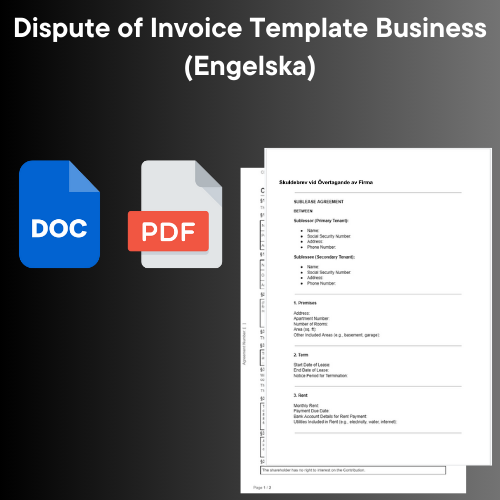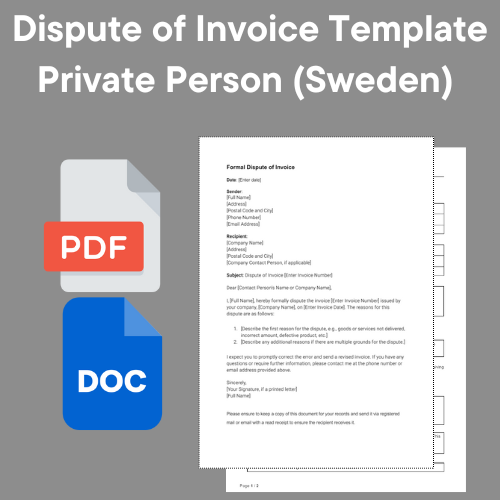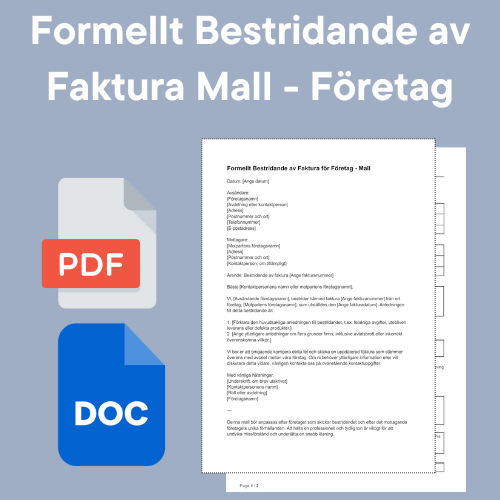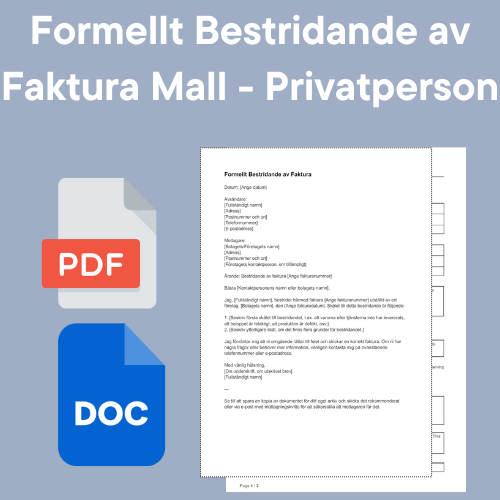How to deal with a fraudulent invoice?
Share
How to deal with a fraudulent invoice?
Table of Contents
- Identify a Fraud Invoice
- Actions on Receipt of a Fraudulent Invoice
- Legal Remedies and Protection
- Prevention
- Examples from practice
- Conclusion
Identify a Fraud Invoice
Fraudulent invoices are a growing problem that affects both individuals and companies. Here are some steps to identify a fraudulent invoice:
- Check the sender: Confirm that the invoice is from a known supplier or partner. Pay attention to details such as inconsistent email addresses or phone numbers.
- Review the invoice carefully: Check that all information on the invoice matches previous correspondence and orders. Pay particular attention to typos, grammatical errors, and inconsistent payment information.
- Compare with previous invoices: Make sure the invoice amount, unit prices and VAT amount are consistent with previous invoices from the same supplier.
Actions on Receipt of a Fraudulent Invoice
- Respond quickly and in writing: Respond to the invoice as soon as possible via e-mail, letter or SMS and state that you dispute the invoice. Include the invoice number and the reason why you are disputing it. It is important that you do not sign with your handwritten signature, but write your name or company name instead.
- Document everything: Save all documents and correspondence related to the disputed invoice. This includes copies of emails and letters and proof that you have sent your reply.
- Contact the supplier: If the invoice appears to be from a legitimate supplier, contact them directly via a known contact route to verify the invoice.
Legal Remedies and Protection
- Swedish laws and regulations: In Sweden, it is important to know your rights and obligations. According to Swedish law, you do not have to pay an invoice if you have not ordered the goods or services specified. If an invoice is false and the dispute cannot be resolved, the invoice issuer must take the matter to court to demand payment.
- Contact the authorities: If you suspect that you have been the victim of fraud, contact the police and file a report. You can also contact the Swedish Consumer Agency or Swedish Trade for advice and support.
- Monitoring and follow-up: If you receive a payment reminder or a demand from the Bailiff, you must immediately dispute the demand in the same way as before.
Prevention
- Educate staff: For businesses, it's critical to train staff to recognize the signs of fraudulent invoices and social engineering, where fraudsters attempt to manipulate employees into revealing sensitive information or making payments.
- Automated systems: Implement automated invoice processing and verification systems that can detect discrepancies and potential fraud.
- Procedures for verification: Have fixed procedures for verifying all invoices before they are paid. This includes always double-checking payment information and confirming changes through another channel, such as the phone.
Examples from practice
A relevant example is the case of Factory Direct Fencing Pty Ltd v Kong AH International Company Limited, where an Australian court dealt with a dispute over a fraudulent invoice. The court found that the buyer was not entitled to the goods because the payment was not properly verified and that the buyer should have taken additional steps to secure the payment information.
Conclusion
Handling a fraudulent invoice requires both vigilance and knowledge of legal rights and obligations. By acting quickly, documenting everything and using preventive measures, you can minimize the risk of being scammed. If you have been the victim of a fraudulent invoice, do not hesitate to seek legal advice and support from the relevant authorities.
By following these guidelines, you can protect yourself and your business from the financial and legal consequences of fraudulent invoices.




